I am having three image of pan card for testing skew of image using emgucv and c#.
1st image which is on top Detected 180 degree working properly.
2nd image which is in middle Detected 90 dgree should detected as 180 degree.
3rd image Detected 180 degree should detected as 90 degree.
One observation I am having that i wanted to share here is when i crop unwanted part of image from up and down side of pan card using paint brush, it gives me expected result using below mention code.
Now i wanted to understand how i can remove the unwanted part using programming. I have played with contour and roi but I am not able to figure out how to fit the same. I am not able to understand whether emgucv itself selects contour or I have to do something.
Please suggest any suitable code example.
Please check code below for angle detection and please help me. Thanks in advance.
imgInput = new Image<Bgr, byte>(impath);
Image<Gray, Byte> img2 = imgInput.Convert<Gray, Byte>();
Bitmap imgs;
Image<Gray, byte> imgout = imgInput.Convert<Gray, byte>().Not().ThresholdBinary(new Gray(50), new Gray(125));
VectorOfVectorOfPoint contours = new VectorOfVectorOfPoint();
Emgu.CV.Mat hier = new Emgu.CV.Mat();
var blurredImage = imgInput.SmoothGaussian(5, 5, 0 , 0);
CvInvoke.AdaptiveThreshold(imgout, imgout, 255, Emgu.CV.CvEnum.AdaptiveThresholdType.GaussianC, Emgu.CV.CvEnum.ThresholdType.Binary, 5, 45);
CvInvoke.FindContours(imgout, contours, hier, Emgu.CV.CvEnum.RetrType.External, Emgu.CV.CvEnum.ChainApproxMethod.ChainApproxSimple);
if (contours.Size >= 1)
{
for (int i = 0; i <= contours.Size; i++)
{
Rectangle rect = CvInvoke.BoundingRectangle(contours[i]);
RotatedRect box = CvInvoke.MinAreaRect(contours[i]);
PointF[] Vertices = box.GetVertices();
PointF point = box.Center;
PointF edge1 = new PointF(Vertices[1].X - Vertices[0].X, Vertices[1].Y - Vertices[0].Y);
PointF edge2 = new PointF(Vertices[2].X - Vertices[1].X, Vertices[2].Y - Vertices[1].Y);
double r = edge1.X + edge1.Y;
double edge1Magnitude = Math.Sqrt(Math.Pow(edge1.X, 2) + Math.Pow(edge1.Y, 2));
double edge2Magnitude = Math.Sqrt(Math.Pow(edge2.X, 2) + Math.Pow(edge2.Y, 2));
PointF primaryEdge = edge1Magnitude > edge2Magnitude ? edge1 : edge2;
double primaryMagnitude = edge1Magnitude > edge2Magnitude ? edge1Magnitude : edge2Magnitude;
PointF reference = new PointF(1, 0);
double refMagnitude = 1;
double thetaRads = Math.Acos(((primaryEdge.X * reference.X) + (primaryEdge.Y * reference.Y)) / (primaryMagnitude * refMagnitude));
double thetaDeg = thetaRads * 180 / Math.PI;
imgInput = imgInput.Rotate(thetaDeg, new Bgr());
imgout = imgout.Rotate(box.Angle, new Gray());
Bitmap bmp = imgout.Bitmap;
break;
}
}

